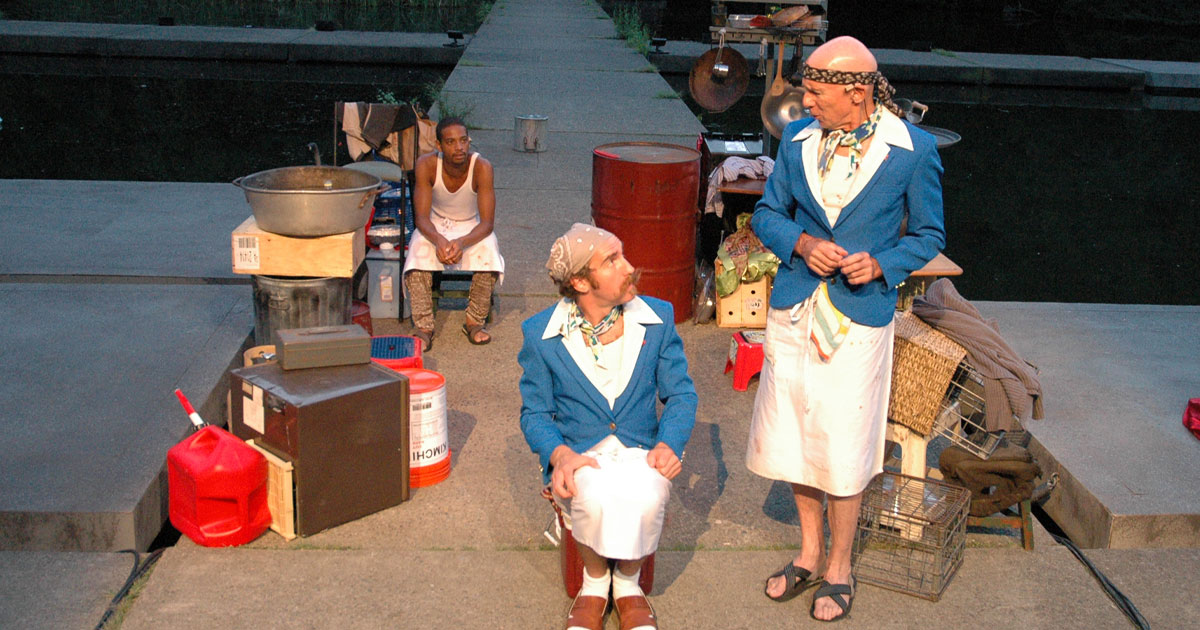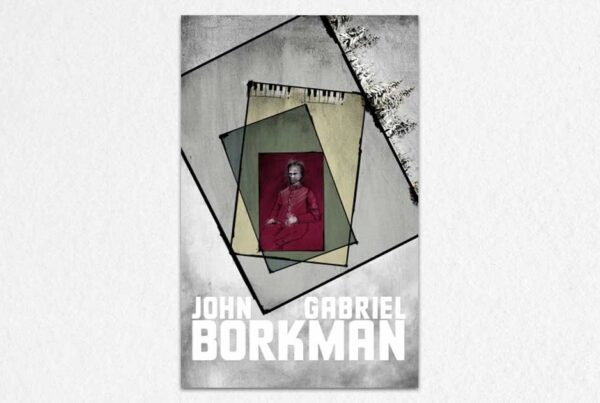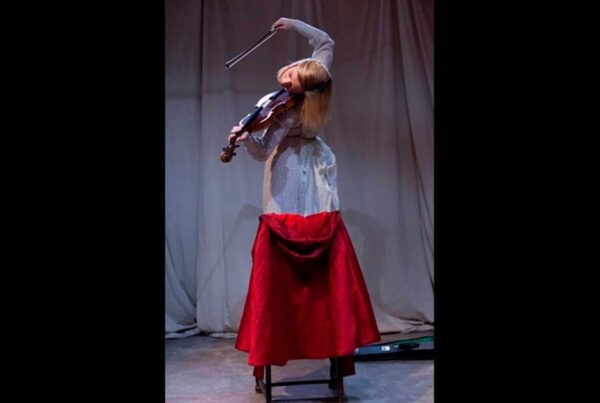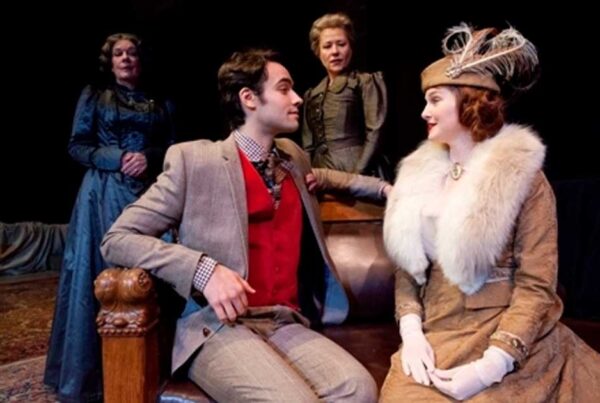
The Golden Dragon is a play that weaves several initially disparate story lines into an amalgamation of metaphors by the end of the play. The main setting is a small and perhaps dinky Chinese Thai Vietnamese restaurant where the workers labor just to get by in this world. While the others are busy preparing dishes, one cook is crying because of a grinding toothache while he continues to cook. The other cooks call him the “kid” a 30 year old Chinese male…. Meanwhile, in the same building, above the kitchen, an uncomfortable conversation between a grandfather and his granddaughter starts. In another room, a separate conflict between a working man and a cheating wife begins. Before these go anywhere, the play turns outside the kitchen, where two stewardesses recount their day’s experiences. Another story line develops where a grasshopper grows hungry as winter comes and begs the ants for food.
Let me offer a view of this play as an Asian American who was born in India, grew up in the Middle East and Indonesia, and spend his last 17 years in the USA.
First off, I can tell that this play was not written by an Asian because the main story line (kid cook with toothache) makes a big deal out of the tribulations of Asian workers who are scrapping a living in foreign soil, whereas an Asian writer would make that the background of the main focus. In the play, the other workers initially ignored the crying kid and later told him to deal with the problem. Finally, when they can’t stand it, they took out big red pliers to yank the tooth out of him. The tooth finally comes out and lands on a soup that’s just about to be delivered. The waiter delivers it anyway… to the two stewardesses who are waiting in the dining room.
Personally, I’ve worked in a Chinese kitchen along with illegal immigrants, and yes, there were a lot of incidents that happen in the kitchen, unbeknownst to the audience outside. And yes, the workers often did have “obligations” to fill such as sending money back to the home country. Yes, it is the Chinese (or Far Eastern) way to not draw attention to yourself – even if it means to suppress pain – and to work without complaints. It’s an accepted behavior that doesn’t become a focus in Asian mind, while an Asian writer would want to use these norms to depict the Asian way, in the background.
That rant aside, the play does evoke thoughts. The characters are played by the opposite – male characters are played by females and old characters by young ones and vice versa – giving a suggestion that people are not as they seem. There were other occasions where the characters wonder what it’d be like to be the opposite side (male or old). Other story lines depict primal behaviors.
To me, The Golden Dragon symbolizes China, which bears a nickname of the “Sleeping Dragon”. The story lines (bleeding cook, grandfather-granddaughter, working man-cheating wife, stewardesses, sex slave) symbolize the internal issues and struggles within that great nation. Meanwhile, outside, a growing country plays in a stage where the show “must go on” and it’s business as usual (as in the restaurant patrons in the play).
In the case of Quantum Theatre (Pittsburgh, PA), I enjoyed the use of stage to provide realism. The Golden Dragon, here, plays at the side of a road in a local park. It starts at twilight and the sound of people shouting and motorbikes zooming by provide a real ambience toward the hustle and bustle of a dinky street corner restaurant.
Overall, for an 80-minute play, The Golden Dragon is a deeply layered play that engages you throughout the duration. Go enjoy some Thai soup.
-Kenneth Hendrata, National Association of Asian American Professionals (NAAAP)




